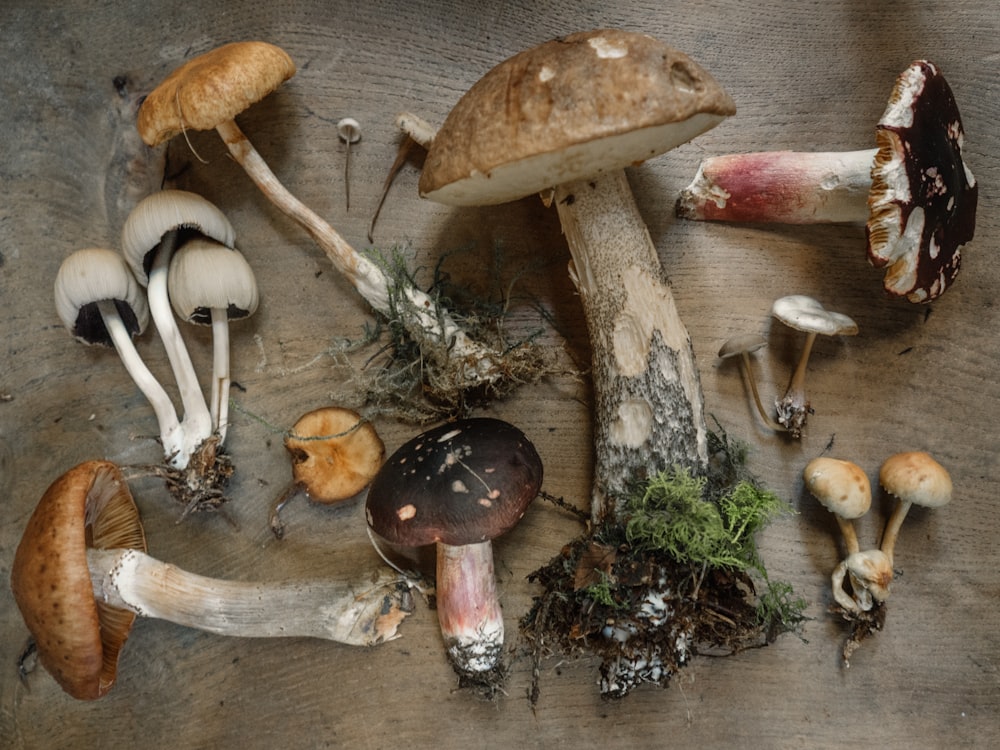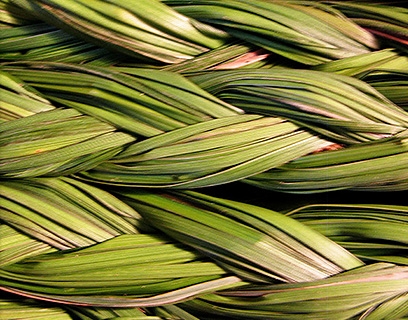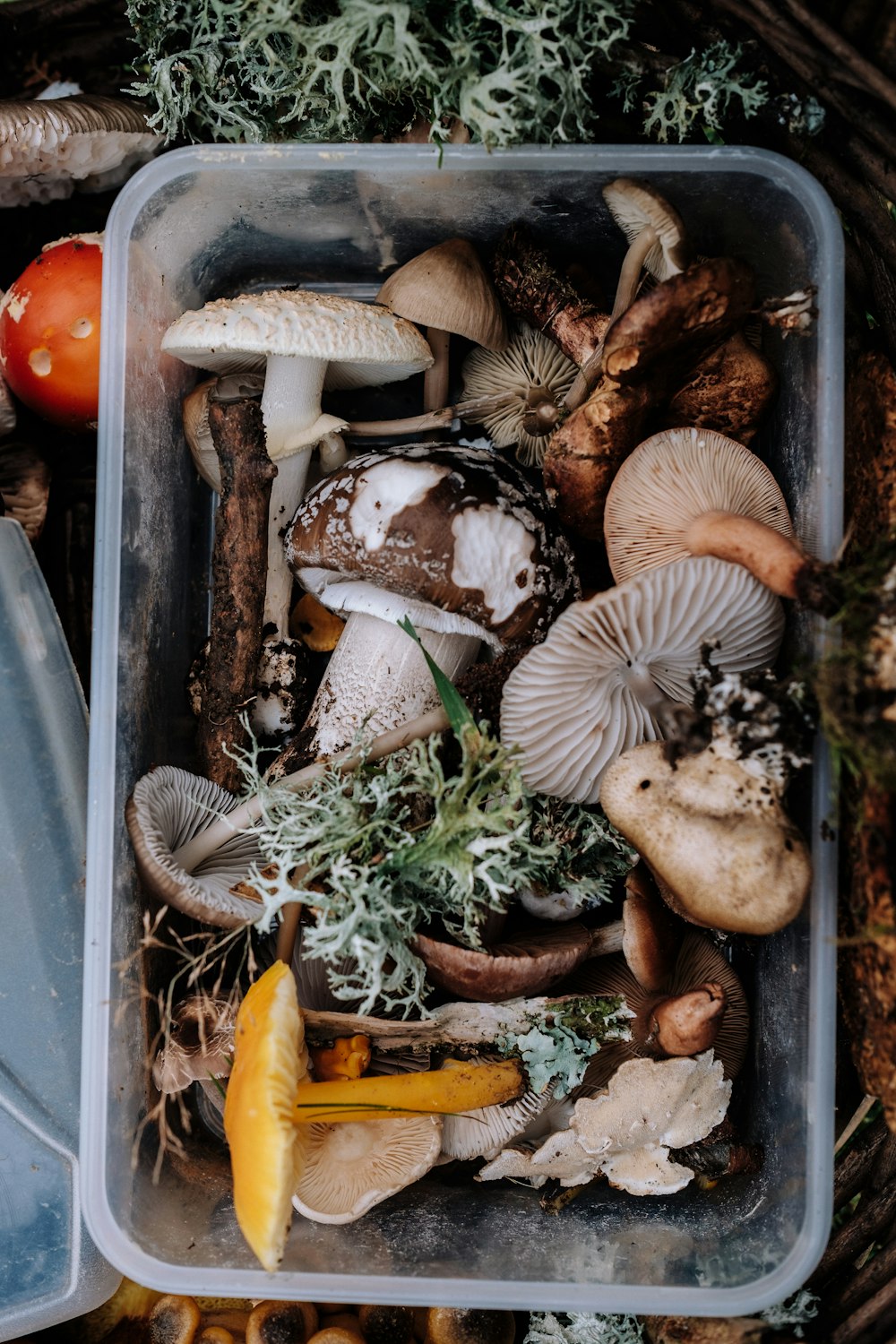


- apricot jelly mushroom.
- bear's head tooth mushroom.
- beefsteak fungus.
- black morel.
- blue chanterelle.
- chicken of the woods.
- comb tooth mushroom.
- common puffball.
Rule of thumb when foraging is WHEN IN DOUBT - THROW IT OUT!
...you're better safe than sorry.
Key Messages from Public Health Ontario:
Wild mushrooms are widespread in Ontario, and are harvested by individual hobbyists and commercial enterprises for public consumption. Many species are poisonous. Health effects of such species can range from mild to severe, including death. However, serious poisonings are rare.
There are no simple tests to determine if a mushroom is poisonous. Safe consumption of wild mushrooms and other wild foods requires they be correctly identified by knowledgeable harvesters. Over a thousand calls were made to the Ontario Poison Centre (OPC) over a recent 5-year period that were mushroom-related, with at least 90 cases resulting in hospital admission.
There are no reported cases of poisoning linked to commercial foraging. However, currently there is no mechanism for licensing or accrediting wild mushroom foragers.
Common Myths Used to Determine Mushroom Toxicity
- Poisonous mushrooms are brightly coloured whereas edible mushrooms are not.
- Poisonous mushrooms blacken garlic/onion or tarnish silver cutlery when boiled together whereas edible mushrooms do not. All mushrooms that peel easily are edible.
- The presence of insects or bite marks from animals indicate a mushroom is edible.
-Soaking poisonous mushrooms in salt or boiling water will eliminate any toxicity.
Source: Public Health Ontario


